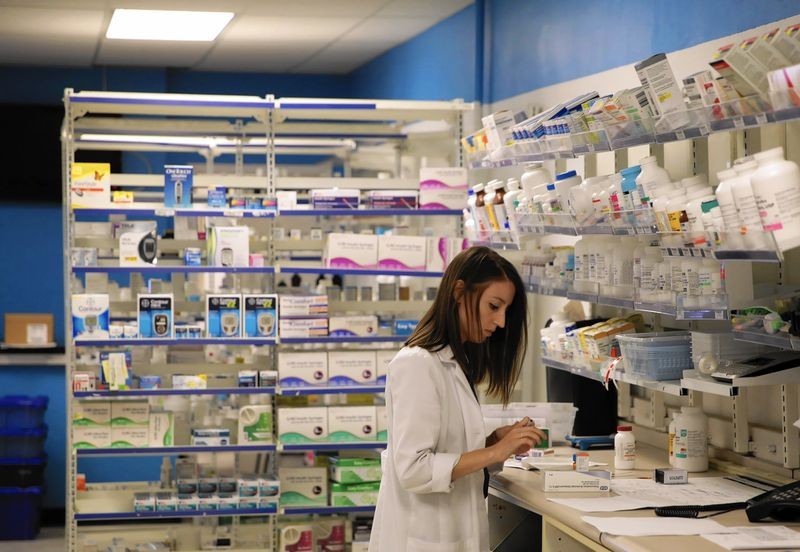
Opioid Oppressors And Big Tobacco: A Parallel In False Advertising
News of the $527 million judgement levied against Johnson and Johnson this past August for its role in proliferating the country’s opioid crisis marked a turning point in the epidemic which has been escalating in scope and notoriety for years.


